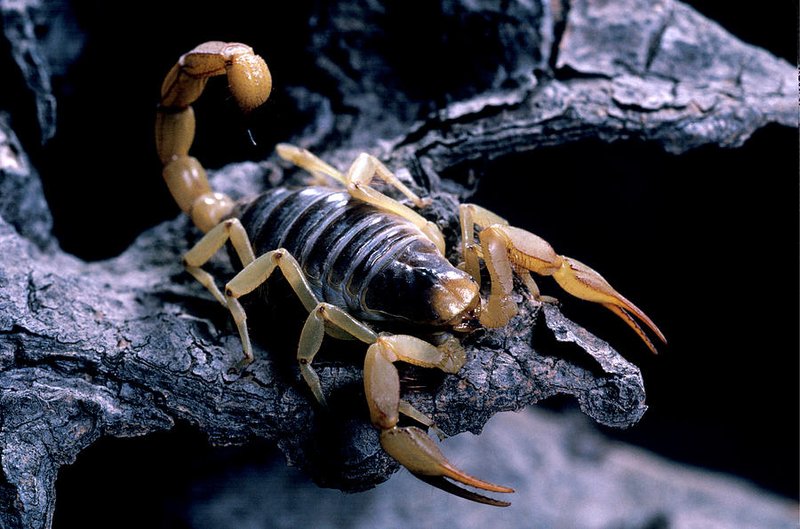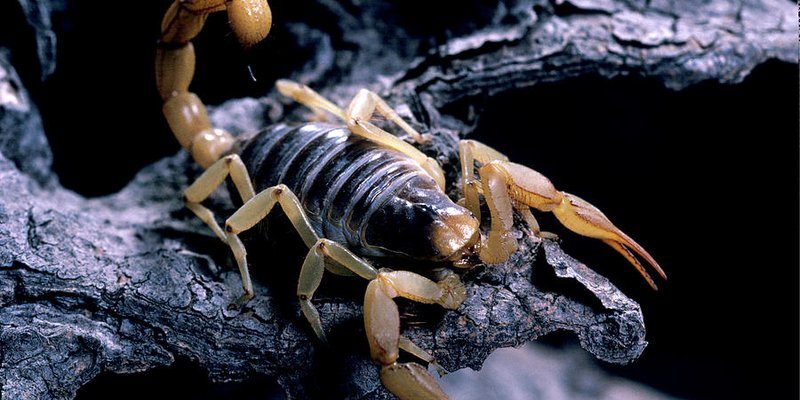
Imagine wandering through the desert at dusk, and you spot one of these scorpions gliding across the sand. They might seem intimidating at first, but in reality, they’re more than just fascinating creatures; they help control pest populations and contribute to nutrient cycling in their habitats. Their roles in nature are crucial, and understanding them can help us appreciate the beauty and complexity of ecosystems.
Let’s dive into the world of the giant hairy scorpion and explore how these intriguing arachnids fit into the grand puzzle of life.
What Are Giant Hairy Scorpions?
The giant hairy scorpion is the largest scorpion species found in the United States, primarily in the Southwestern regions. They can grow up to 5 to 7 inches long and are easily recognizable due to their fuzzy appearance, which gives them their name. Their bodies are a striking yellow-brown color, and they have long, slender tails that end in a venomous stinger.
These scorpions are nocturnal, which means they’re most active during the night. During the day, they burrow into the ground to escape the heat. You might be wondering about their diet. Well, they primarily feast on insects, spiders, and other small invertebrates. Their predatory nature helps keep these populations in check, preventing any one species from overwhelming the ecosystem.
Interestingly, giant hairy scorpions have unique adaptations that help them thrive in arid environments. Their exoskeletons are tough and help prevent water loss, allowing them to survive in places where other creatures might struggle.
The Role of Giant Hairy Scorpions in Food Chains
In nature, every creature has a role to play. Giant hairy scorpions sit comfortably in the middle of the food chain. They’re both predators and prey. By hunting insects and other small creatures, they help control those populations. This predation is crucial for preventing overpopulation, which can lead to resource depletion.
But who hunts the giant hairy scorpion? They have their own set of predators, including larger animals like birds, mammals, and even other reptiles. This relationship keeps the ecosystem balanced. Without scorpions, insect populations could explode, leading to fewer resources for other animals.
Moreover, when these scorpions die, they become a food source for scavengers. Their bodies decompose, returning nutrients to the soil, which nourishes plants. This nutrient cycling is vital for the health of the ecosystem.
Giant Hairy Scorpions and Pest Control
One significant benefit of giant hairy scorpions is their role in pest control. Imagine if an area had an unchecked insect population. You’d find crops failing, plants suffering, and other wildlife struggling to survive. Scorpions act like nature’s pest control agents, hunting down unwanted bugs that can wreak havoc.
Their diet mainly consists of insects like crickets, beetles, and other small arthropods. By keeping these populations in check, they help maintain a balanced ecosystem. Farmers and gardeners could benefit from the presence of these scorpions, as they can reduce the need for chemical pesticides.
Plus, the presence of scorpions often indicates a healthy environment. If they’re thriving, it’s a good sign that the habitat can support various life forms, making it essential for biodiversity.
The Importance of Biodiversity in Ecosystems
Biodiversity refers to the variety of living things in a specific ecosystem, and it’s crucial for maintaining balance. Every species, including the giant hairy scorpion, contributes to the intricate web of life. Each organism interacts with others, creating a complex network that supports the overall health of the environment.
When we lose a species, we risk tipping the scales of this balance. For instance, if giant hairy scorpions were to disappear from their habitats, the insect populations would likely surge. This could lead to a cascade of events, ultimately affecting the plants and animals that depend on those insects.
By preserving the giant hairy scorpion and its habitat, we also protect countless other species that share its ecosystem. It’s a reminder of why conservation efforts are so important. You might think your small backyard or local park doesn’t matter much, but every effort to protect habitats contributes to the bigger picture.
Interactions with Humans
While giant hairy scorpions are often misunderstood, they rarely pose a threat to humans. Their venom is potent enough to subdue their prey, but for most people, a sting feels more like a bee sting. However, it’s essential to respect these creatures and observe them from a distance.
In some areas, giant hairy scorpions have become part of local culture and folklore. They’re not just viewed as pests but as symbols of resilience in harsh desert environments. Educating ourselves and others about these fascinating creatures can help foster a greater appreciation for nature.
Additionally, their unique adaptations and behaviors are being studied in various scientific fields, including medicine and ecology. By understanding how they thrive in extreme conditions, researchers may discover insights that benefit humanity.
Conservation and Protection Efforts
Although giant hairy scorpions are not currently endangered, their habitats face threats from urban development and climate change. As deserts are transformed for human use, the natural environments that support these scorpions shrink. This loss can jeopardize their populations and the entire ecosystem.
Conservation efforts are essential to protect these species and their habitats. By creating protected areas and promoting responsible land use, we can help ensure that giant hairy scorpions continue to thrive. Additionally, education plays a critical role in conservation. When people understand the benefits of scorpions and their role in the ecosystem, they may be more inclined to protect them.
Joining local conservation groups or participating in community clean-up efforts can make a difference. Every action counts, no matter how small, in protecting our planet’s biodiversity.
The giant hairy scorpion might not be everyone’s favorite creature—it can scare some people away! But by understanding their role in nature and ecosystems, we can see how they contribute to a delicate balance. From pest control to nutrient cycling, these scorpions are valuable players in the circle of life.
So, the next time you hear someone mention scorpions, share what you’ve learned! They’re not just fearsome predators; they’re essential members of our ecosystems. By appreciating creatures like the giant hairy scorpion, we can better grasp the importance of preserving our natural world. After all, every species has a story worth telling, and the giant hairy scorpion’s is a fascinating one.

